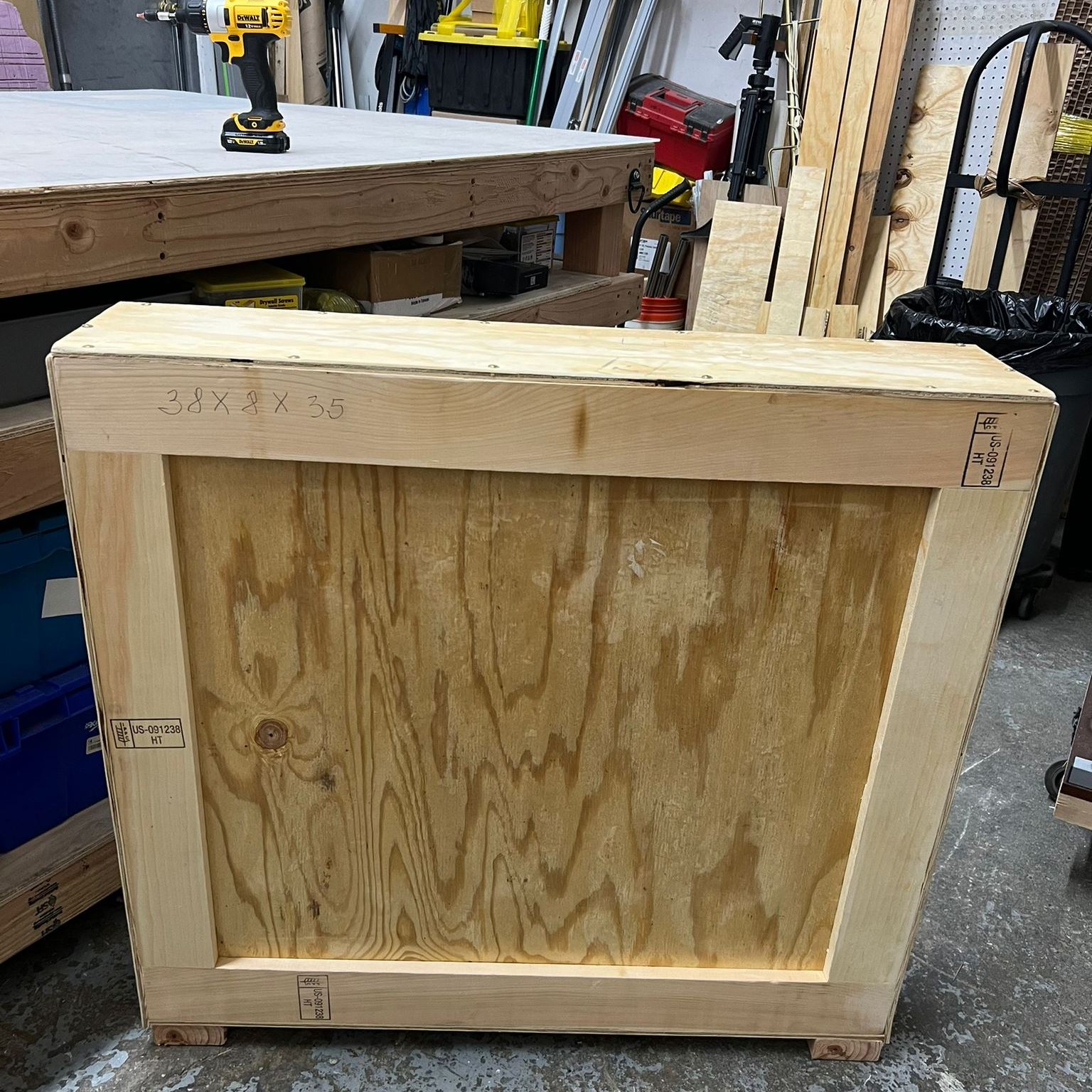Safety and integrity are at the heart of professional art shipping. That’s why specialized companies offering top-tier art logistics and shipping services recommend crating art for the sake of adding an ultimate layer of art protection during transportation.
As a rule, an art crate is created according to the art object’s unique dimensions, which means you get a custom-built crate from the service provider. Yet, there is a rising trend and demand for standardization in the field of crating, which gives all participants in the art logistics industry a variety of benefits. Let’s discuss them in more detail.
Custom Art Crating: Pros and Cons
On the one hand, one may see many perks in custom art crating. First, the crate is made with the art object’s specific dimensions and shape in mind. This means that you get a reusable art crate for your particular artwork, which you may use whenever you need to have your art object shipped to exhibitions, fairs, or storage.
On the other hand, non-standardized crates are known to create some logistics problems. While an oddly shaped crate may be necessary to accommodate an unusual art object, its protrusions are the high-risk breakage points and safety hazards for other shipped objects. Customized crates are also harder to repair in case of damage. Thus, you may lack the right equipment for fixing crates quickly and may need to re-order them, which is a costly, avoidable expenditure.
Standardization in the Field of Crating Art
The drive for standardization in crating art doesn’t mean that art owners and shippers need to fit art objects of different sizes and dimensions into standard-sized crates without proper regard for their peculiarities. It is more about using standard materials and hardware in the manufacturing of art crates. For example, the use of standard-sized stripped bolts makes it easy to replace the bolt in case of its breakage, while plywood may be purchased at any building supply store to repair the crate’s sides.
While standardization of crating faces criticism, its advocates call for the art shipping community to distinguish the crate’s exterior and interior parts in terms of customization. This way, a crate may become more standardized on the exterior, while the interior compartments and shelves may be highly individualized to accommodate and protect the oddly shaped art objects.
As one can see, standardization offers a reasonable approach to balancing the affordability and ease of repair for the crating field with the provision of the needed customization of the crate’s interior.
